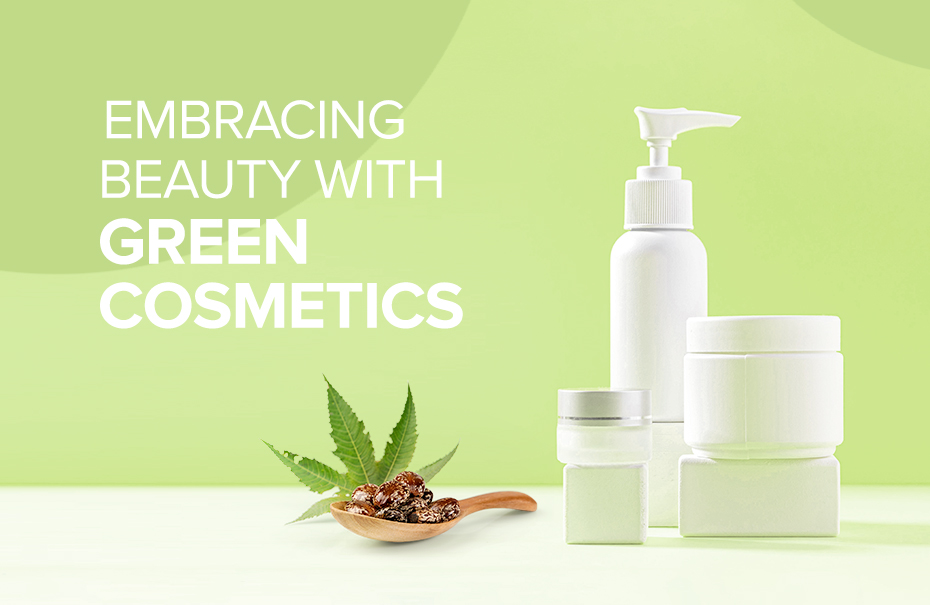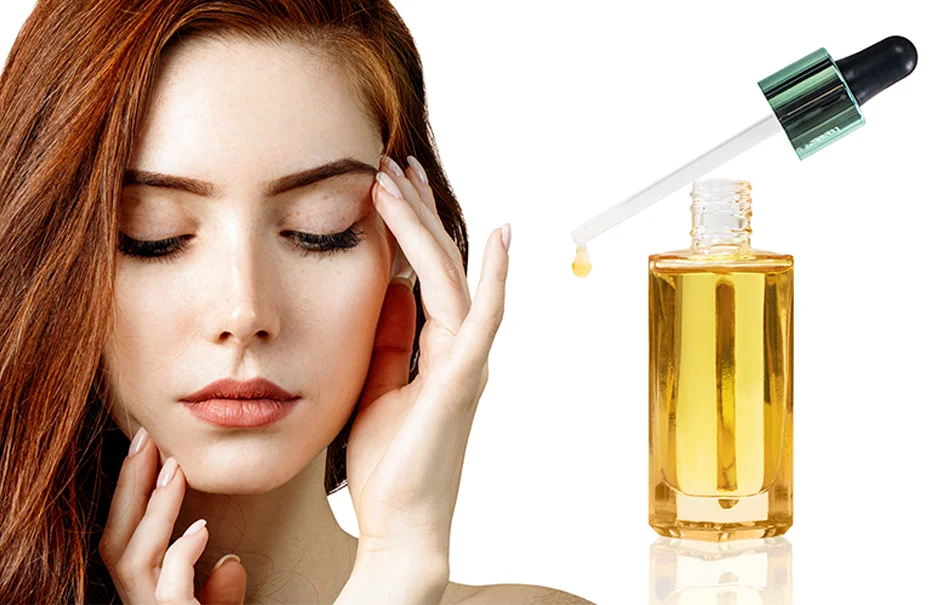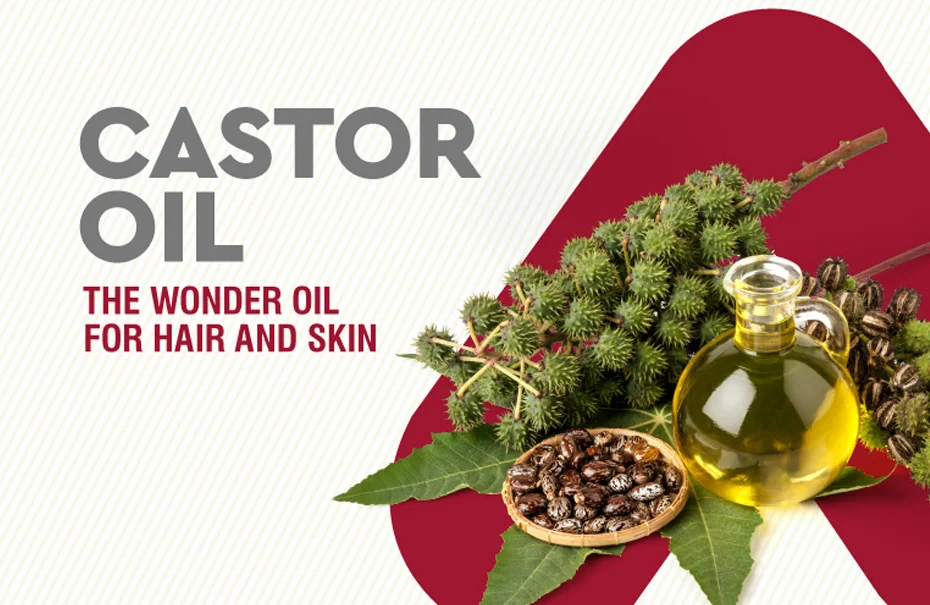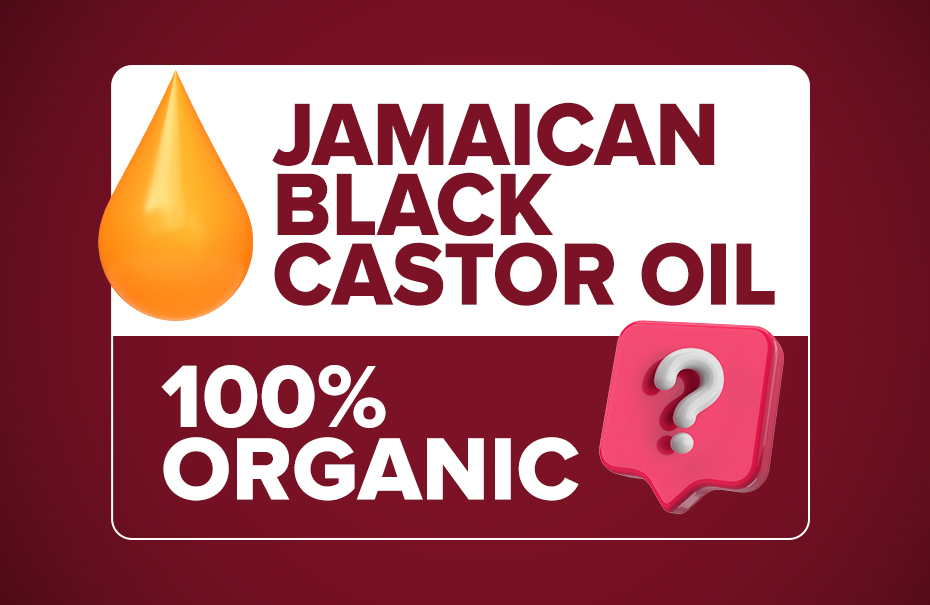Nature’s Touch: Embracing Beauty with Green Cosmetics

You should use chemicals in cosmetics. If you wish to damage your skin or experience side effects.
There are several instances and case studies to show the harmful effects of chemical-derived cosmetic products. The harmful effects of chemicals have led consumers to shift their attention towards green cosmetics. Consumers now focus more on what ingredients go inside their products than on the packaging and benefits. This shift has forced cosmetic manufacturers to find natural ingredients for their products. As a result, the market for natural cosmetics is expanding more rapidly and consistently.
Natural castor oil is one such non-toxic and natural ingredient for all manufacturers. The usage of pure castor oil in cosmetics has increased rapidly with time. Let’s dive deep into this blog and understand the idea of green cosmetics and their benefits.
What are Green Cosmetics?
In modern times, green cosmetics have become synonymous with organic or healthy cosmetics. Customers often confuse green cosmetic products with natural and organic products, but this needs to be clarified. Whenever you see green cosmetics, it typically means that the product has been made using environmentally friendly formulations, production practices, and packaging methods. The Federal Trade Commission (FTC) of the United States of America has established certain guidelines to define what “green” or “natural” means in marketing terms. Although the guidelines of the FTC are still indistinct.
“Green” and “sustainable” cosmetics, according to the cosmetics industry, are made with natural components sourced from renewable raw materials. Petrochemical components derived from petroleum, a non-renewable and economically unstable resource, are used by several enterprises. In contrast, the foundation of the green cosmetics movement is bio-based oleochemicals, which come from renewable plant and bacterial sources.
Components of Sustainable Cosmetics
Oleochemicals are being actively explored as a potential source by cosmetics manufacturers, worldwide. Examples of some common sources are
Natural Oils:
Natural oils such as palm, coconut, argan, and avocado oils, are used to obtain exfoliants composed of chemicals that are fatty alcohols for chemical reactions. Another by-product of palm oil that is also widely used is glycerine.
Agricultural Plants:
Agricultural Plants such as soybeans, corn, and other agricultural plants that are used to produce oils and alcohols for the cosmetic industry. These plants are cost-effective and sustainable sources of emulsifiers in green cosmetics, surfactants, and biocatalysts.
Bacteria:
One of the examples of sustainable and renewable sources is Deinococcus bacteria. However, the deinococcus bacteria can be used as a renewable ingredient in the fragrance and cosmetics industry, which is under research. Deinov from France is studying the pharmacokinetic properties of this bacterium, which can generate millions of dollars.
In refineries, manufacturers break down these compounds into oleochemicals using aqueous hydrolysis, or manual handling.
Unsustainable Ingredients
The use of herbal and oleochemical sources as sustainable non-toxic like Hydrogenated castor oil in cosmetics can keep away the various toxic factors generally located in most famous products. These harmful chemical substances are dangerous to environmental and human health. The biggest irony is, that the consumer must never read them on a “green” label.
BHA & BHT:
Mostly found in moisturising creams and lipsticks, BHA and BHT are artificial antioxidants that are utilised as preservatives. As per the study done by the European Commission, it is evident that BHA and BHT can disrupt the endocrine system.
Coal Tar Dyes:
These dyes, listed as p-phenylenediamine or as colours with the prefix “CI” followed by a 5-digit number, are derived from petrochemicals and are related to cancer-causing agents in people.
Formaldehyde-releasing preservatives: Found in a wide range of cosmetics and cleansing products, those preservatives continuously release small amounts of formaldehyde, a known human carcinogen.
Aluminium:
Often present in antiperspirants, aluminium can input the body through the underarm tissue and block sweat ducts. It has been associated with breast cancer, Alzheimer’s disorder, and osteoporosis.
Dibutyl phthalate (DBP):
Commonly discovered in nail products, DBP is a solvent for dyes and is considered poisonous to human reproduction. It amplifies the potential for genetic alterations caused by other substances. Although DBP has been banned from being used in toys for kids in Canada.
Why Buy Natural and Sustainable Cosmetics?
Environmental Responsibility:
Today’s consumers are becoming more globally minded-and concerned with social and environmental responsibility. The main benefit of sustainability is the kinder environmental impact, as evidenced by cases such as the 2015 ban on sewage microbeads which saw more than eight billion washed into waterways every day. As environmental awareness increases, consumers produce less chemical products and more natural products.
Improved Power:
Natural and oleochemical products cause less skin irritation or rashes as compared to toxic or chemical products. Glycerin, a natural derivative of palm oil, is found in soaps, lotions, and cosmetics. Glycerin is clear, and non-toxic, it can increase the skin’s ability to absorb and retain moisture, making it an effective moisturizer and anti-ageing agent.
Long-Lasting Health:
Petrochemical-based products can be produced in the short term but, in the long run, it is highly toxic. It can cause headaches, eye damage, and hormonal imbalances among others. While Phthalates have been linked to type II diabetes and cancer.
Future of Sustainable Cosmetics
The increasing awareness of natural or sustainable ingredients has a significant impact on the cosmetic market. The green cosmetic market has experienced an annual growth rate of 15%. By 2025 this market will reach 25.11 billion dollars.
With time the oleochemical industry is on the rise as well due to cosmetic manufacturers making their shift from petrochemicals. Fatty acid will experience a huge boost Considering that in 2013, they made up 57% of the demand for all oleochemical products.
The cosmetic industry is fostering and will continue to foster more with the use of natural oils like castor oil. Due to castor oil’s wide applications, it is the most suited ingredient for large-scale manufacturing. With Ambuja Solvex get the best-quality and purest castor oil for your large-scale usage.



